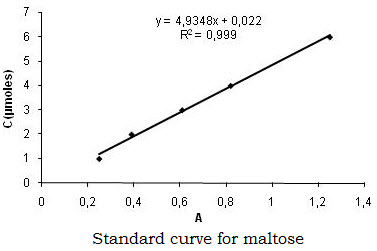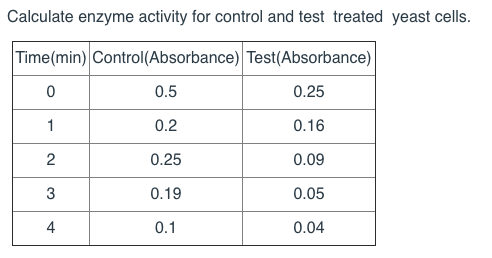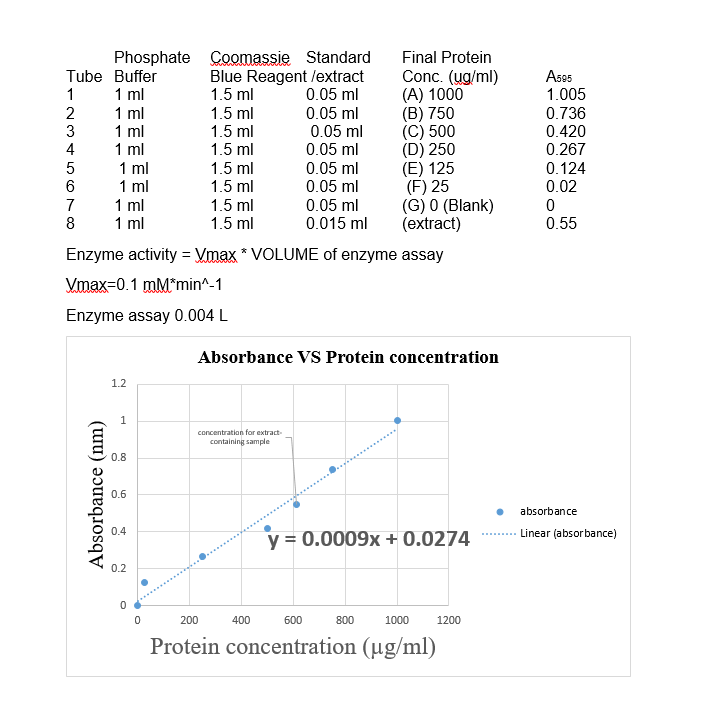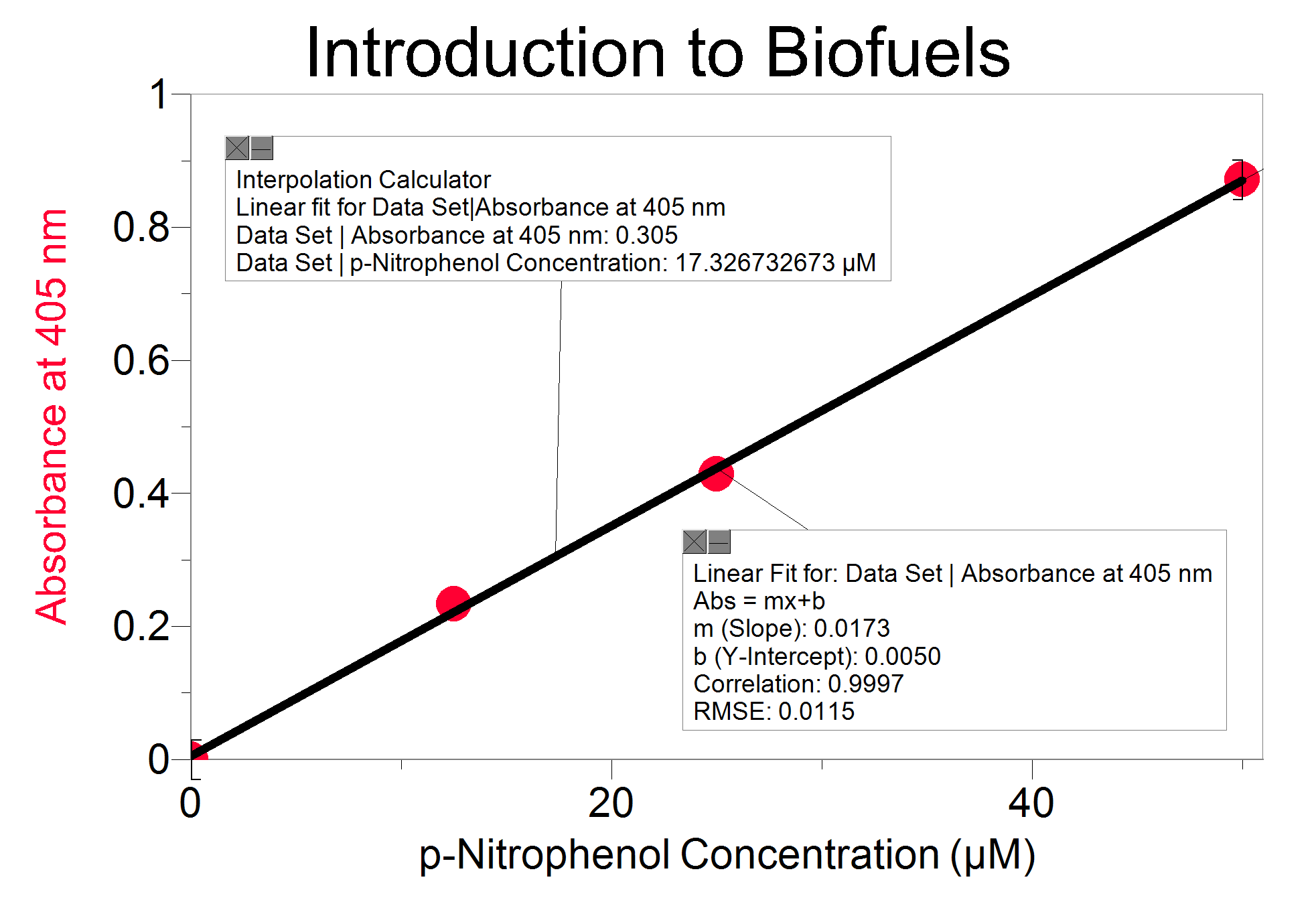
SOLVED: The following data was collected for enzyme X under different ion concentrations. From this data make graph of the absorbance over time for the four concentrations and calculate the rate of
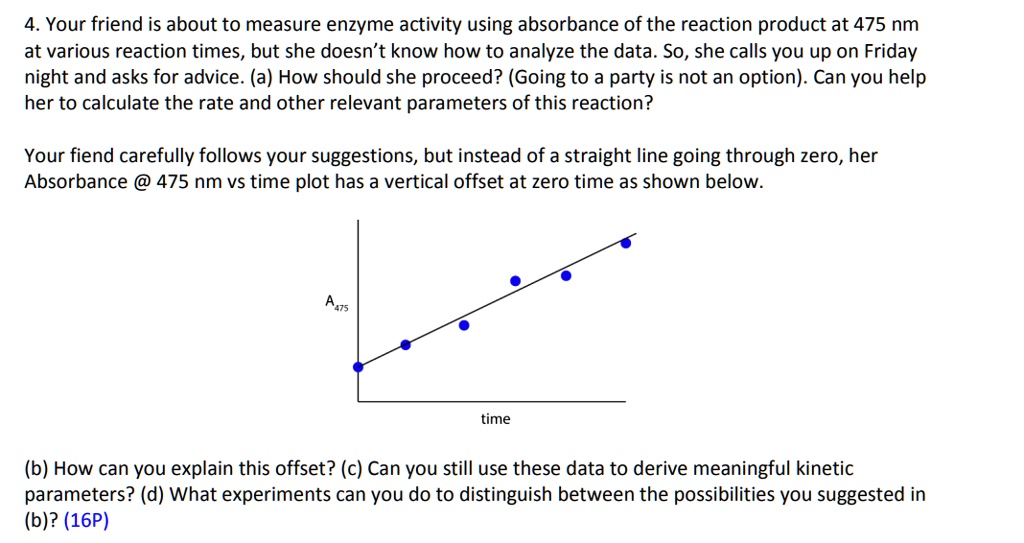
SOLVED: 4. Your friend is about to measure enzyme activity using absorbance of the reaction product at 475 nm at various reaction times, but she doesn't know how to analyze the data.

EXP.2 (Quantitative determination of Amylase activity) Introduction:- The purpose of this experiment is to study the enzyme amylase which is found in saliva. - ppt download

Laboratory Report: The effect of time, temperature and PH on enzyme activity and reaction rate – MyEvolution
1. The construction of standard curve for the detection of enzyme activity. Experiment: 0.15 mol L-1 Tris buffer (pH 8.0) was us

